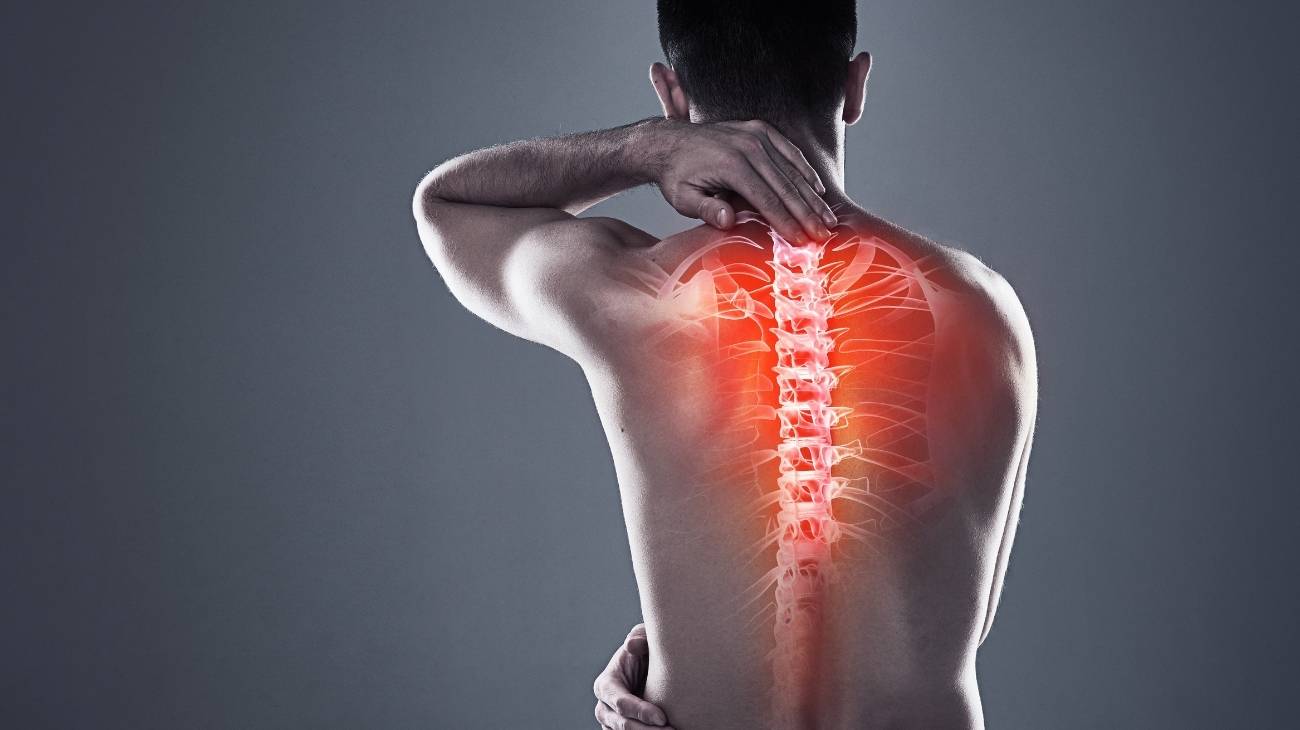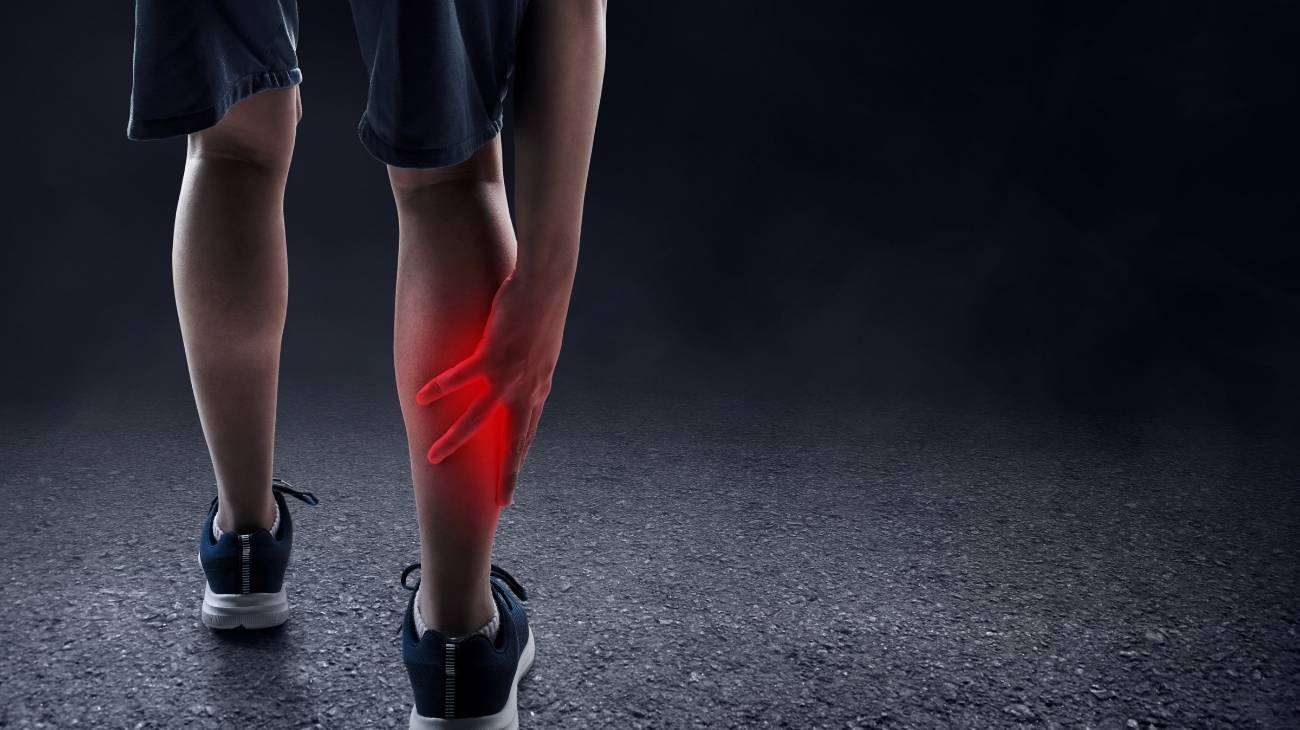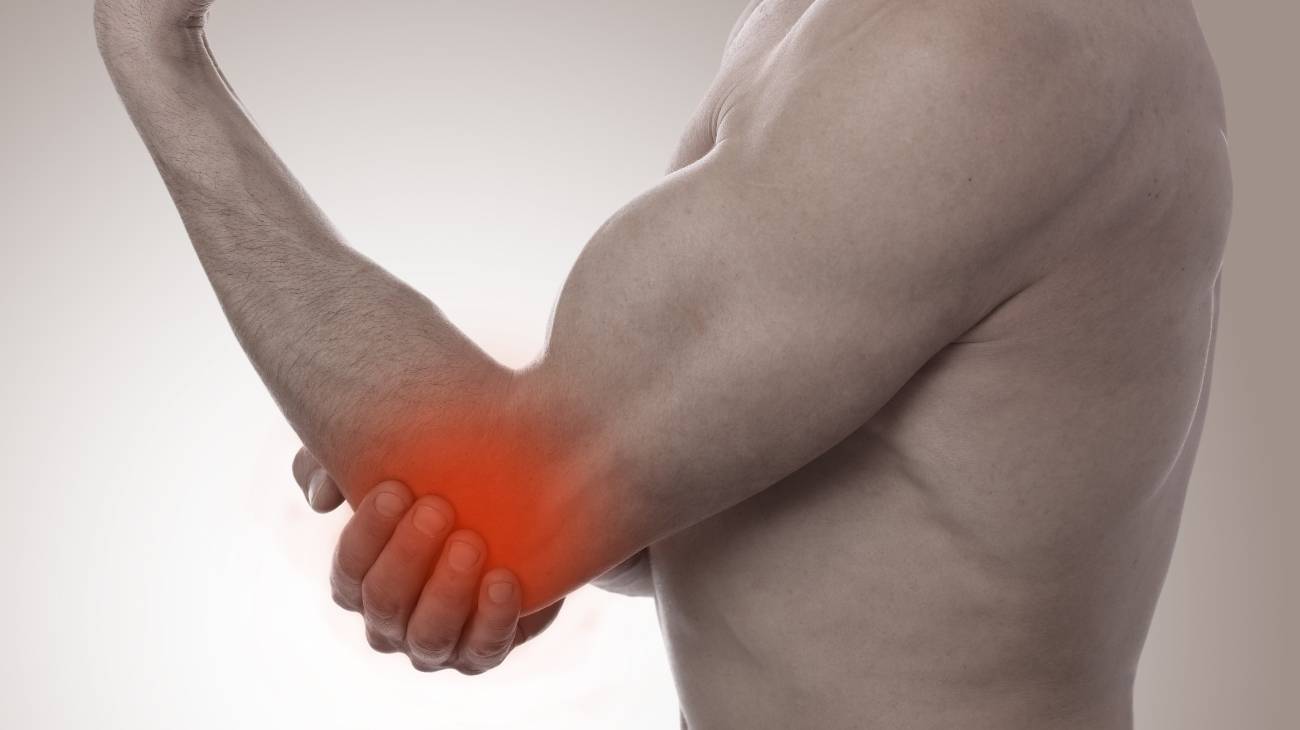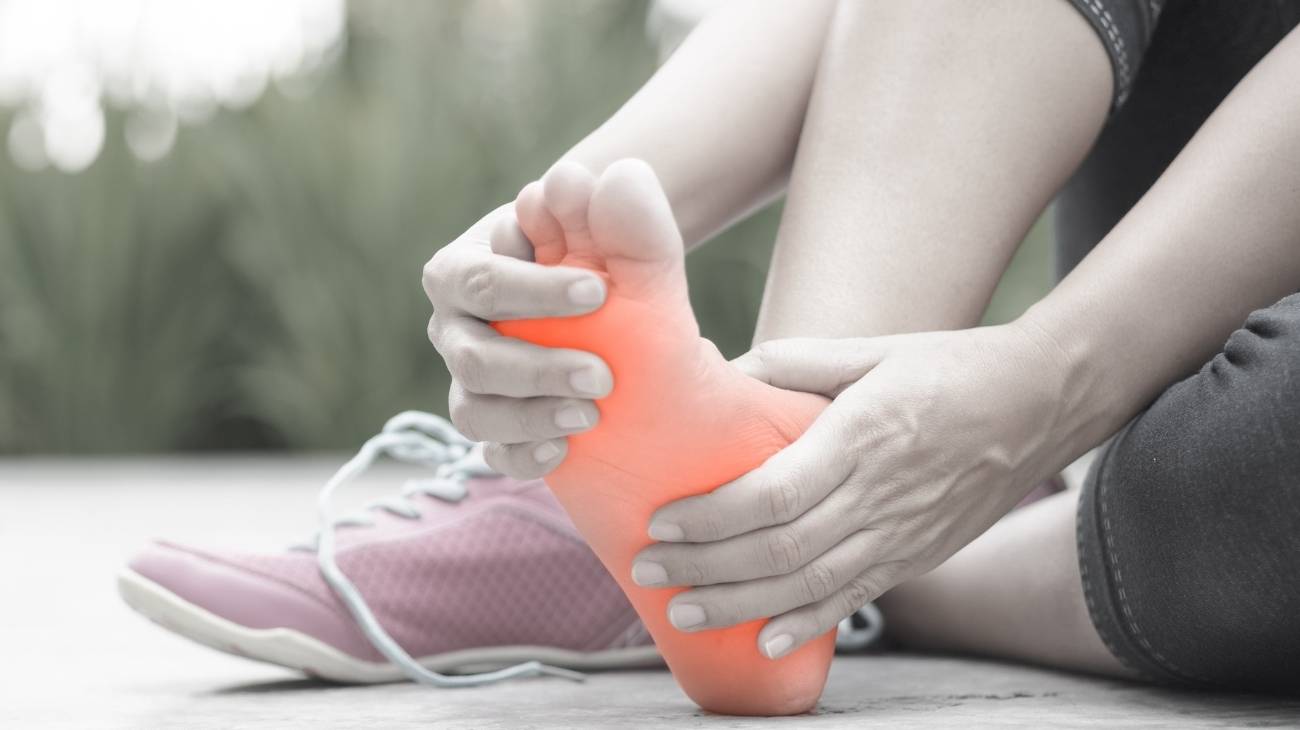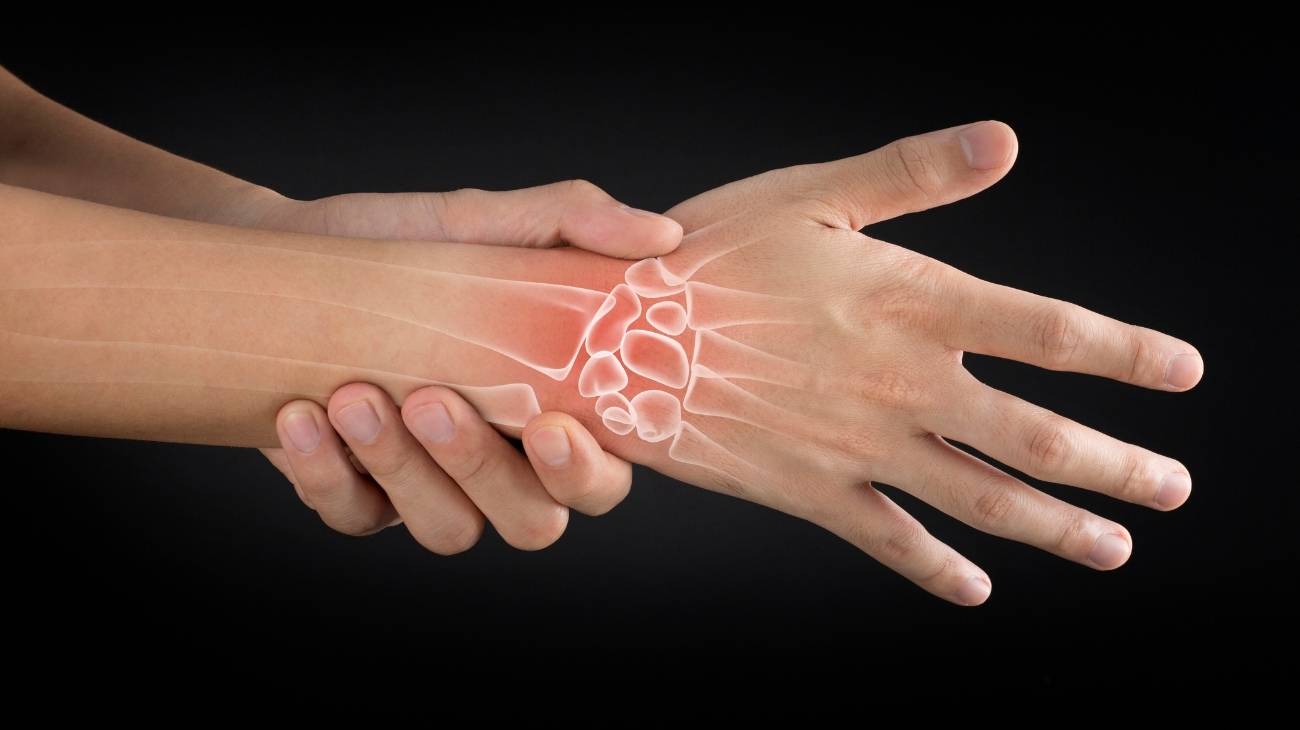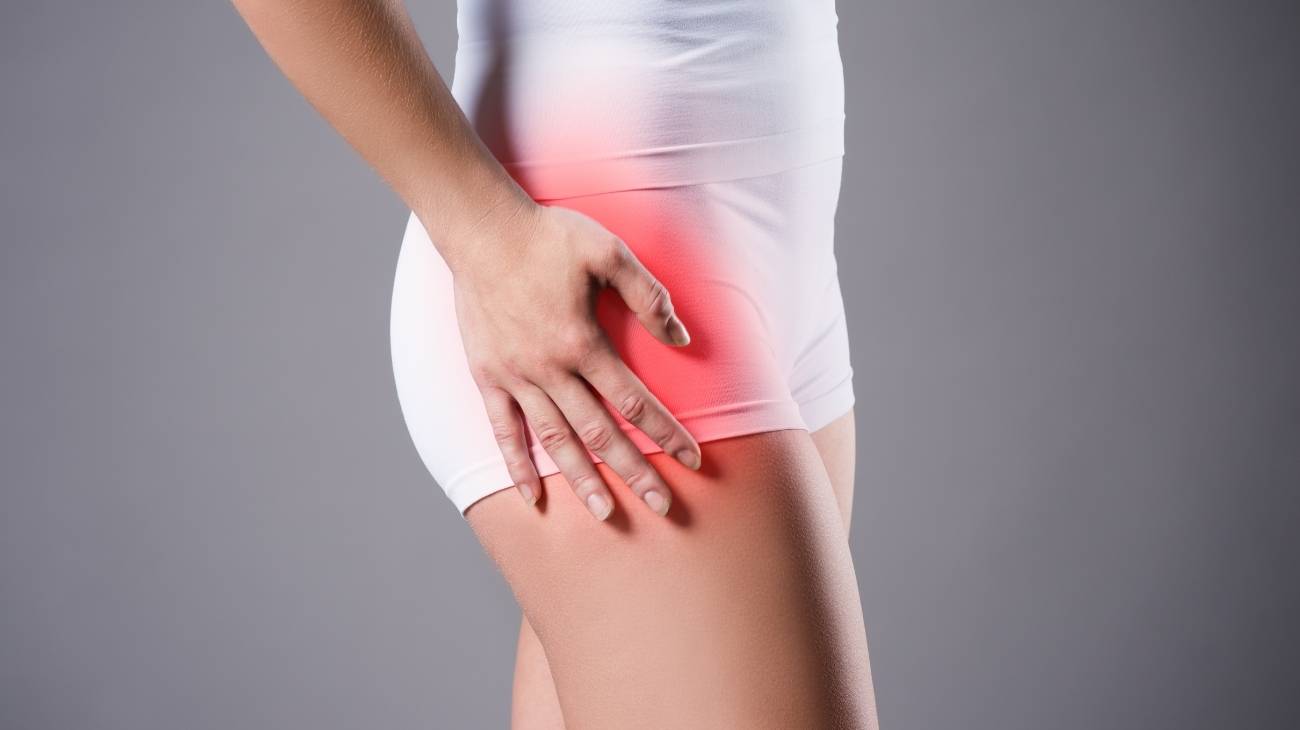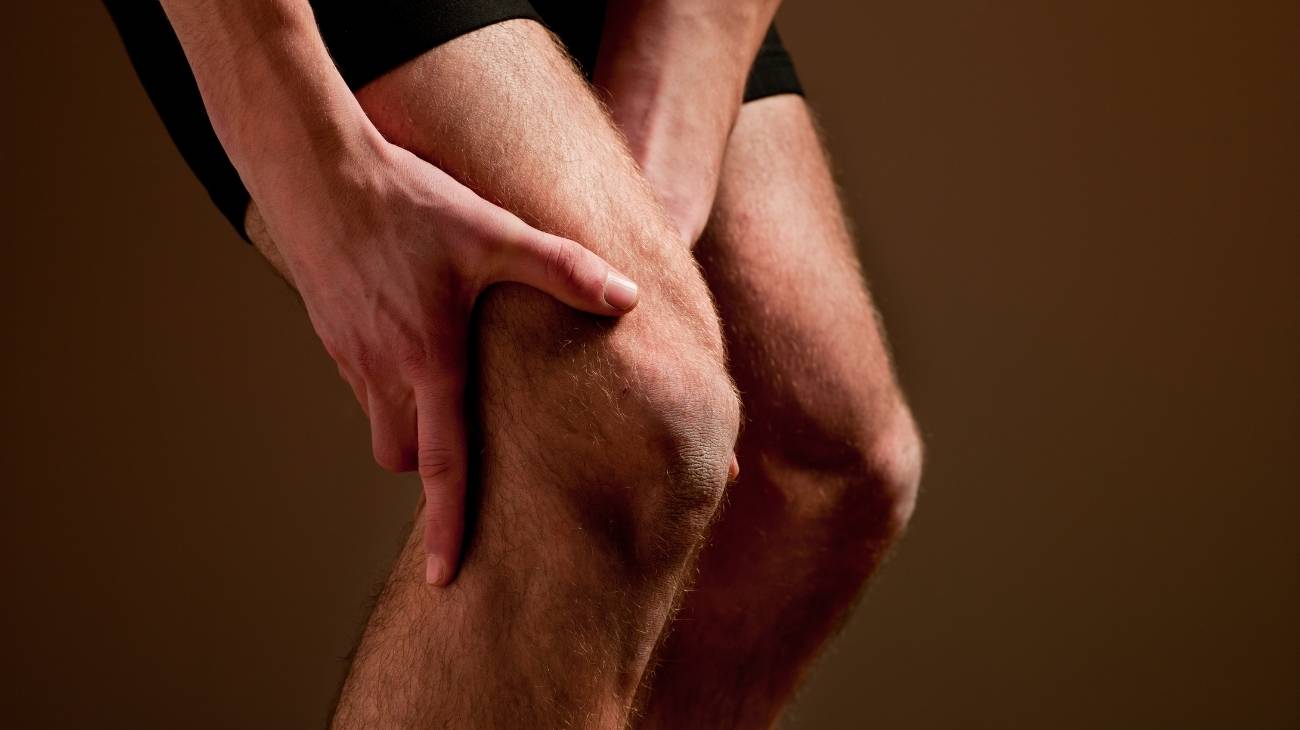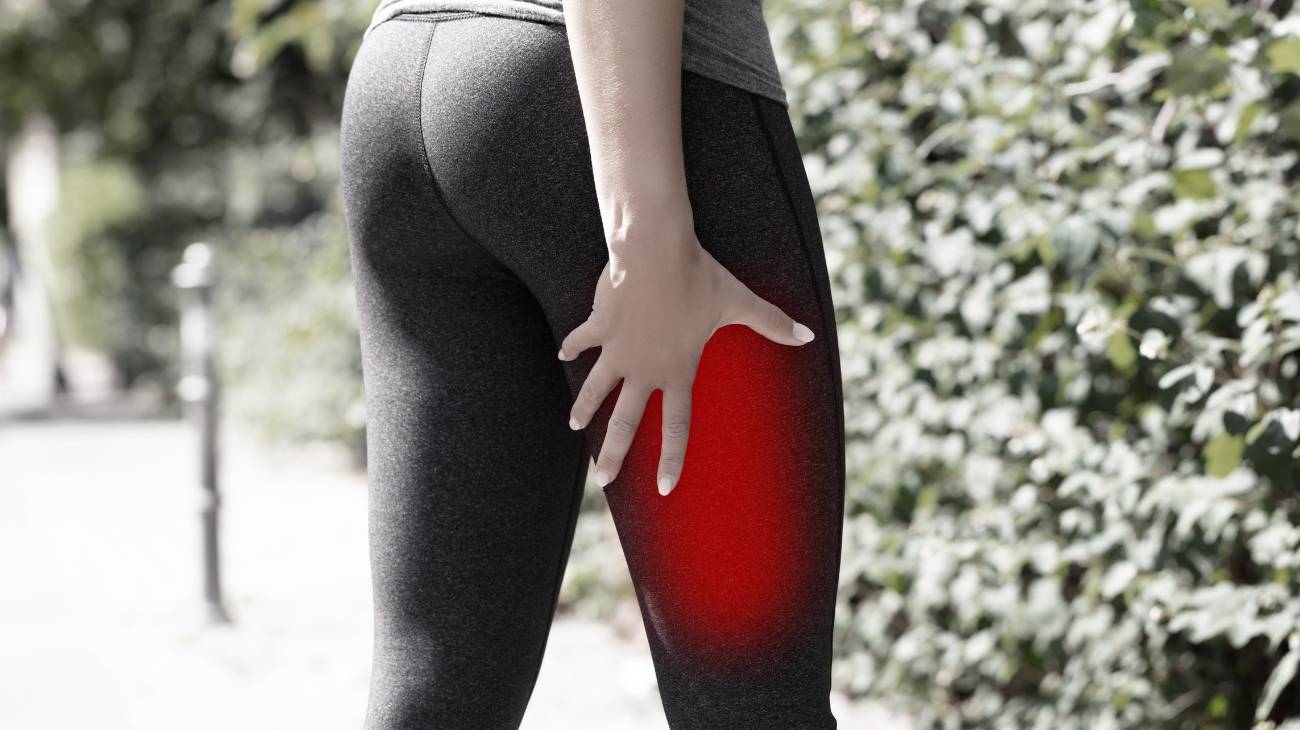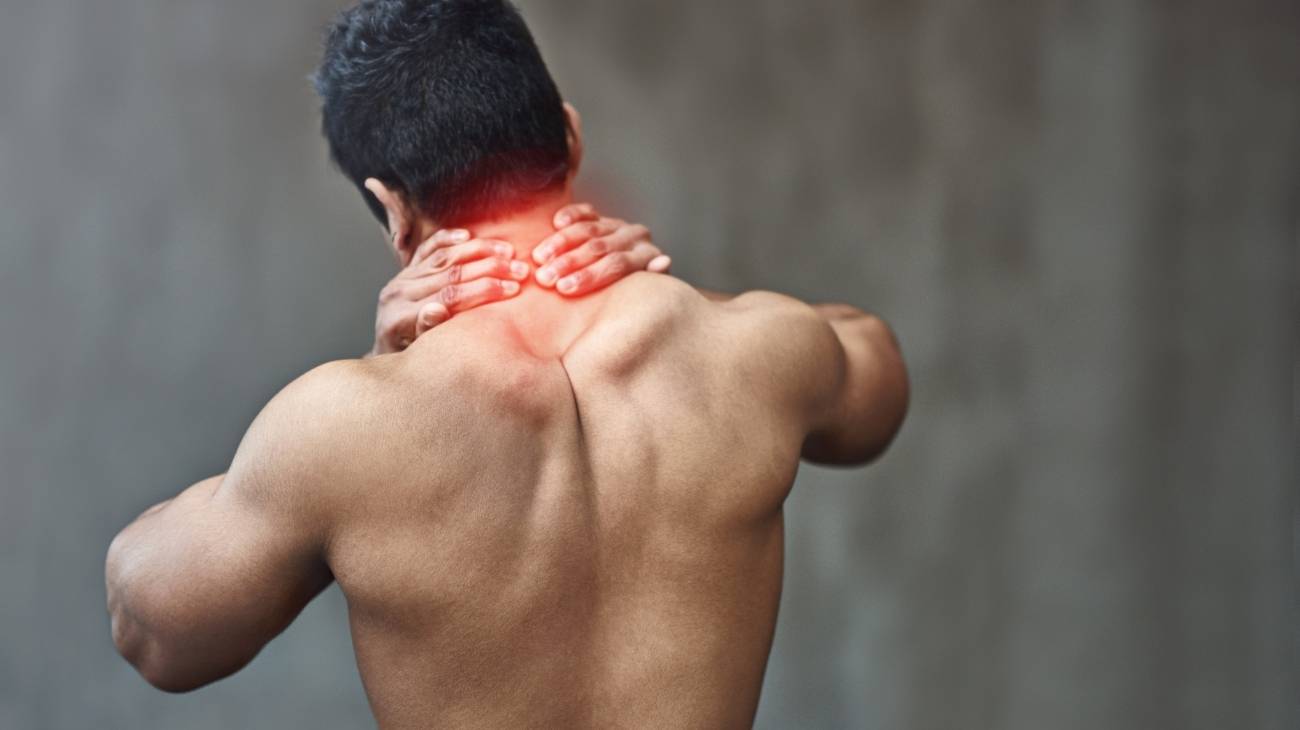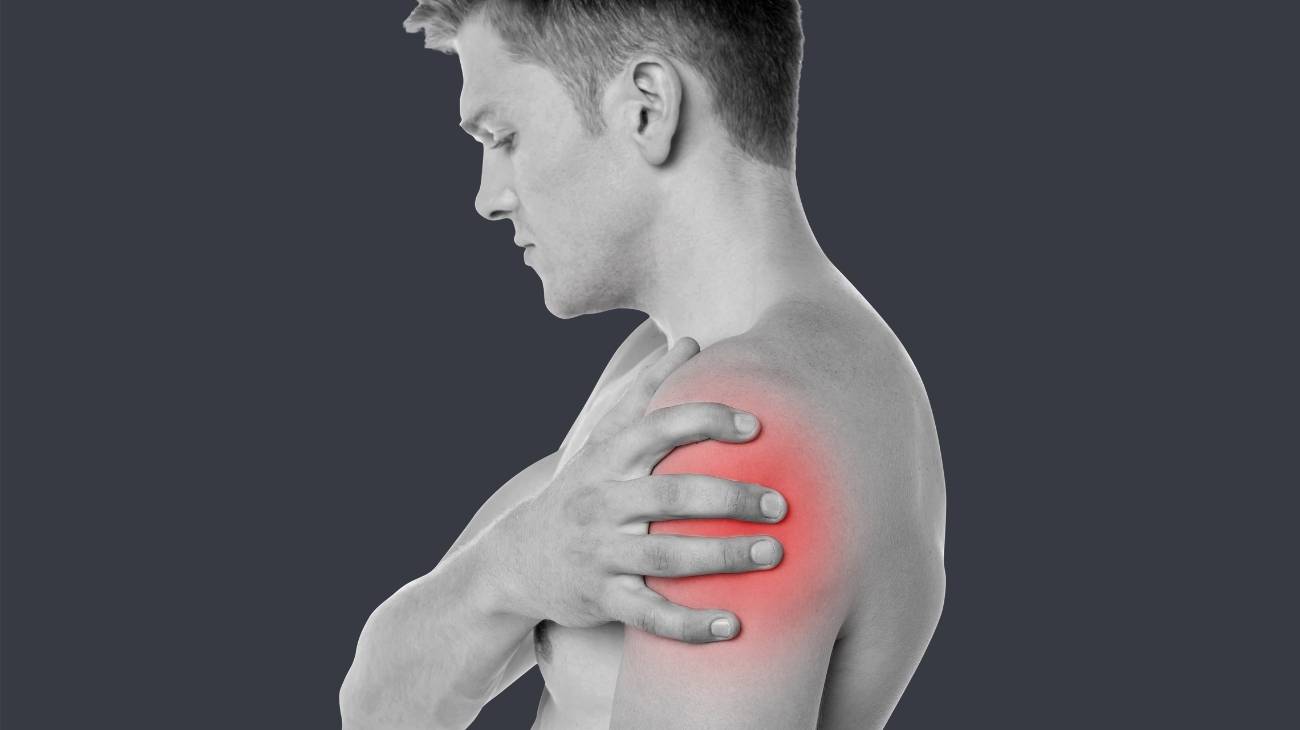Cervical injuries are one of the most serious injuries that can happen to a person, as it is an area with many nerve endings and sensitive muscles which, if not healed properly, can cause chronic problems.
Below you will learn about all the types of neck injuries, as well as their causes and the most severe complications to avoid. Plus, a list of products that are ideal for relieving neck pain.
What types of neck injuries can we suffer from?
Neck injuries can have various origins; a traffic accident that generates a whiplash effect, a fall, sciatica, accumulation of tension due to maintaining the wrong posture or even stress. This means that there is also a wide variety of ailments.
Here are the most common ones:
Neck sprain
It can be caused by a fall, an accident or even a high-impact sport. In the case of a cervical sprain, the neck is sprained, causing the ligaments to stretch unnaturally and suffer micro-tears or complete tears, which in turn generate inflammation, pain and limit the movement of the entire joint.
A neck sprain is a serious injury, as it can not only cause a total tear of a ligament, but also damage a nerve, which will leave after-effects for the rest of the patient's life. Therefore, any such event should be treated by a doctor as soon as possible.
Torticollis
This is an involuntary contraction in one of the cervical muscles that lasts for a prolonged period of time. This limits the mobility of the neck to such an extent that any attempt to turn the head sideways or up or down will cause severe pain.
It can occur from sleeping in a bad position or from a build-up of tension from sitting too long in the office in the same position. However, if it occurs repeatedly, attention should be paid because it could be a symptom of a severe nerve problem.
Whiplash
Whiplash usually occurs in traffic accidents in which the neck is moved abruptly from front to back or vice versa, damaging both ligaments and muscles in the neck, as the natural movement of the joint is pushed to the limit by the trauma.
An immediate medical check-up should be carried out as such movement can even lead to a neck fracture, or affect certain important nerve endings that end up causing chronic neuropathies that affect the patient's quality of life, causing dizziness, headaches, muscle tension, etc.
Herniated disc
Regardless of the part of the spine in which it is located, a herniated disc can affect the entire back, including the cervical area. It occurs when a vertebra is displaced from its natural position and injures a nerve that will become inflamed and cause pain.
A herniated disc usually manifests itself with pain when trying to perform a movement involving the affected vertebra, although it can also do so if the vertebra is subjected to stress from prolonged standing or an activity that generates it.
Neck fracture
An excessively severe strain or sprain can damage and fracture a cervical bone, which is a very serious problem requiring immobilisation and possibly immediate hospitalisation, as a complete break of a vertebra could leave a person disabled.
Fractures in this part of the body are very painful, causing acute discomfort in the neck that will radiate to the back and shoulders, usually accompanied by headache and severe swelling.
Tendonitis of the long tendon of the neck
Known medically as tendinitis longus colli or retropharyngeal tendinitis, this is a rare injury that occurs when the tendon in the neck becomes inflamed, resulting in pain and stiffness throughout the cervical area. This problem is often confused with an ischaemic stroke, as its symptoms are very similar, especially dysphagia or difficulty swallowing. Unlike a stroke, this injury can be resolved with rest and the application of non-invasive therapies such as cryotherapy, thermotherapy or physiotherapy massages.
Best products for neck injury recovery
Bestseller
-
Microwave Wheat Bag for Neck & Shoulder Pain Relief (Hearts)
£24,95 -
Microwave Wheat Bag for Neck & Shoulder Pain Relief (Oxford)
£24,95 -
Microwave Wheat Bag for Neck & Shoulder Pain Relief (Sport)
£24,95 -
Microwave Wheat Bag for Neck Pain Relief (Hearts)
£20,95 -
Microwave Wheat Bag for Neck Pain Relief (Oxford)
£20,95 -
Microwave Wheat Bag for Neck Pain Relief (Sport)
£20,95 -
Microwaveable Wheat Bag for Pain Relief (Hearts)
£20,95 -
Microwaveable Wheat Bag for Pain Relief (Oxford)
£20,95
What are the causes of neck pain?
The aforementioned injuries can have various origins, so the causes of neck pain are varied.
Here are the most common ones:
Poor sleep
Sleeping with a pillow that is too high means that the head is not well supported and requires some muscles in the back of the neck to remain tense all night, which, when waking up, will cause pain and discomfort, as these muscles will become inflamed. This factor can cause other problems such as torticollis or tendonitis of the long tendon of the neck.
It is advisable to use a pillow of medium height that allows the head to find an ideal position. If you are used to sleeping on your side, placing a pillow between your legs will help keep your spine in place, which will largely prevent problems throughout your back.
Traffic accidents
A car accident involving whiplash that damages the ligaments and muscles in the area is one of the most common causes of neck pain. More serious injuries such as hyperextension or neck fractures often occur in this scenario. Always wearing a seat belt can lessen the effects of this cause.
Ischaemic stroke
An ischaemic stroke occurs when an artery carrying blood from the heart to the brain becomes blocked, which affects the blood supply to the head, affecting a huge number of nerves. Neck pain is one of the most common symptoms of this serious condition, as well as dizziness, numbness, weakness in the arms and lightheadedness. It is recommended to see a doctor as soon as possible so that the condition can be treated as soon as possible.
Bad posture
Incorrect posture of the head and neck while working at the computer, watching television or using the mobile phone for long periods of time will directly affect the cervical muscles, which over the days will generate tension and cause the discomfort to manifest itself.
In fact, even if your posture is correct, sitting for long periods of time is harmful. For this reason, physiotherapists recommend not spending more than an hour in the same position, and to break it up by getting up, walking a little, doing light stretches, etc.
Poor sports technique
Doing exercises in the gym or in any sport with a bad technique, especially those exercises that activate the trapezius, shoulder and back muscles, is another of the most common causes of cervical pain.
This is very common in novice athletes who begin to practice a sporting discipline without a correct technique, as they tend to perform the workouts inadequately or with more weight than they can control, sacrificing the natural mobility of the muscle involved.
Stress
This is a very common cause, and even more so nowadays, due to the current pace of life we accumulate a lot of stress and this is usually present in the cervical area producing pain and muscle tension. This is the most common cause when we suffer from muscular tension in the cervical area. To alleviate this discomfort we should try to relax and lead a more leisurely lifestyle and have better emotional states, as the latter are the ones that cause muscle tension.
What are the symptoms of neck and shoulder pain?
Cervical ailments are often accompanied by other symptoms, which can give a clear clue as to their origin, so that the specialist on duty can make a more precise diagnosis and define the best treatment to follow.
The most obvious symptoms of neck injuries are:
- Sudden loss of strength in the upper and lower limbs: You will not be able to move them with the same agility, which is a clear symptom of a serious circulatory problem.
- Numbness in the middle of the body: Another symptom of a serious circulatory problem as it occurs when the blood does not flow well in certain areas, the cause could be cerebral oedema
- Dizziness: When the pain is very intense it can cause dizziness, although it is also often an obvious symptom of a circulatory problem in the brain, such as a swollen blood vessel or blocked artery.
- Nausea and vomiting: When the above dizziness is very strong, it is normal for vomiting to occur because of the discomfort in the head.
- Stiffness when trying to move the neck: As the muscles are so tense, trying to move them will be uncomfortable and they will feel stiff and inflexible.
- Headache: The very tension in the neck can cause pain to radiate into the head, which manifests itself in headaches and other forms of headache.
- Limb weakness: If neck pain is only a symptom of an ischaemic stroke, weakness in the upper and lower limbs may also accompany it, which is a clear indication that you should see a doctor as soon as possible.
- Fever: An injury such as torticollis or neck fracture may manifest with fever as an immune response of the body to the injury.
- Involuntary neck contraction: A clear symptom of torticollis is that one of the muscles in the joint is compressed, with the sternocleidomastoid, splenius or angular neck muscles being the most common.
How to apply the RICE therapy to treat neck injuries?
The RICE therapy is the best known method for treating muscle and tendon injuries in any neck joint. Here we show you step by step how to apply the new update of this therapy called PRICE correctly:
- Protection: The first thing to do is to protect the neck with a neck brace until the extent of the injury is known, to avoid aggravating the injury and compromising an important nerve.
- Rest: The second thing to do is to stop moving the neck so that no further movement can cause the injury to become more serious.
- Ice: To control inflammation and relieve pain, cold compresses with ice can be applied, which, thanks to the vasoconstriction it provides, can help with this.
- Compression: With compression, the aim is to prevent the inflammation from continuing to progress, but always be careful not to force it too much so as not to injure any compromised muscles.
- Elevation: What is sought is that the affected joint is positioned above the level of the heart, something that by nature already occurs in the neck.
Most common sports neck injuries
The practice of high impact sports is usually the most common cause of neck pain, there are high impact sports such as rugby, Crossfit, boxing etc that tend to have a higher prevalence of neck injuries. Below you will learn about the most common sports neck injuries:
Why is it important to clean TENS/EMS electrode pads?How to clean the electrodes pads of TENS/EMS electrostimulator?When to replace electrostimulator padsIs it safe to use old electrode pads?Tips for maintaining...
What is vibration therapy and what types of ailments can be treated with vibration balls?What is myofascial release therapy and what kind of ailments can be treated with massage balls?What...
How can myofascial release therapy improve my health according to science?What should I consider when choosing the best electric massage roller?How to use an electric vibrating massage roller?F.A.Q: Frequently Asked...
How does the head of my muscle massage gun influence the experience of use?What types of heads do massage guns have and what is each one used for?What are the...
What is myofascial release therapy and how does vibration influence it?What to consider before performing myofascial release massages with Foam Foller with vibration?Vibration Foam Roller Exercises for the upper bodyVibration...
What kind of pains and injuries can be treated with vibrating massage rollers?How to use vibrating massage rollers to relieve aches and pains and speed up recovery from injuries?What kind...
What is an vibrating Foam Roller and what kind of injuries can be treated with one?What are the differences between an vibrating foam roller and a normal massage roller?What are...
What kind of ailments can be treated with a vibrating massage ball?On which areas of the body can we use a vibrating massage ball?How to use the vibrating massage balls?What...
How can massage therapy help improve your health according to science?What are the main benefits of using electric vibrating massage balls?What should we consider when choosing the best vibrating massage...
How can massage therapy improve my health according to science?What are the most important benefits of using an electric neck, back and shoulder massager?What are the most important features when...
Most common neck conditions
If you want to know more about the ailments and diseases we have mentioned above, you can check out the articles in which we talk specifically about them below:
Why is it important to clean TENS/EMS electrode pads?How to clean the electrodes pads of TENS/EMS electrostimulator?When to replace electrostimulator padsIs it safe to use old electrode pads?Tips for maintaining...
What is vibration therapy and what types of ailments can be treated with vibration balls?What is myofascial release therapy and what kind of ailments can be treated with massage balls?What...
How can myofascial release therapy improve my health according to science?What should I consider when choosing the best electric massage roller?How to use an electric vibrating massage roller?F.A.Q: Frequently Asked...
How does the head of my muscle massage gun influence the experience of use?What types of heads do massage guns have and what is each one used for?What are the...
What is myofascial release therapy and how does vibration influence it?What to consider before performing myofascial release massages with Foam Foller with vibration?Vibration Foam Roller Exercises for the upper bodyVibration...
What kind of pains and injuries can be treated with vibrating massage rollers?How to use vibrating massage rollers to relieve aches and pains and speed up recovery from injuries?What kind...
What is an vibrating Foam Roller and what kind of injuries can be treated with one?What are the differences between an vibrating foam roller and a normal massage roller?What are...
What kind of ailments can be treated with a vibrating massage ball?On which areas of the body can we use a vibrating massage ball?How to use the vibrating massage balls?What...
How can massage therapy help improve your health according to science?What are the main benefits of using electric vibrating massage balls?What should we consider when choosing the best vibrating massage...
How can massage therapy improve my health according to science?What are the most important benefits of using an electric neck, back and shoulder massager?What are the most important features when...
References
- McIntosh, A. S., & McCrory, P. (2005). Preventing head and neck injury. British Journal of Sports Medicine, 39(6), 314-318. https://bjsm.bmj.com/content/39/6/314.short
- Asensio, J. A., Valenziano, C. P., Falcone, R. E., & Grosh, J. D. (1991). Management of penetrating neck injuries: the controversy surrounding zone II injuries. Surgical Clinics of North America, 71(2), 267-296. https://www.sciencedirect.com/science/article/abs/pii/S003961091645379X
- Watkins, R. G. (1986). Neck injuries in football players. Clinics in sports medicine, 5(2), 215-246. https://europepmc.org/article/med/3955668
- Van Waes, O. J., Cheriex, K. C. A. L., Navsaria, P. H., Van Riet, P. A., Nicol, A. J., & Vermeulen, J. (2012). Management of penetrating neck injuries. Journal of British Surgery, 99(Supplement_1), 149-154. https://academic.oup.com/bjs/article/99/Supplement_1/149/6140926
- Mayou, R., & Bryant, B. (1996). Outcome of ‘whiplash’neck injury. Injury, 27(9), 617-623. https://www.sciencedirect.com/science/article/abs/pii/S0020138396001143
- Nowicki, J. L., Stew, B., & Ooi, E. (2017). Penetrating neck injuries: a guide to evaluation and management. The Annals of The Royal College of Surgeons of England, 100(1), 6-11. https://publishing.rcseng.ac.uk/doi/full/10.1308/rcsann.2017.0191
- Evans, R. W. (1992). Some observations on whiplash injuries. Neurologic clinics, 10(4), 975-997. https://www.neurologic.theclinics.com/article/S0733-8619(18)30191-9/fulltext
- Chen, H. B., King, H. Y., & Wang, Z. G. (2009). Biomechanics of whiplash injury. Chinese journal of traumatology, 12(05), 305-314. https://mednexus.org/doi/abs/10.3760/cma.j.issn.1008-1275.2009.05.011
- Panjabi, M. M., Cholewicki, J., Nibu, K., Grauer, J. N., Babat, L. B., & Dvorak, J. (1998). Mechanism of whiplash injury. Clinical Biomechanics, 13(4-5), 239-249. https://www.sciencedirect.com/science/article/pii/S0268003398000333
- Eck, J. C., Hodges, S. D., & Humphreys, S. C. (2001). Whiplash: a review of a commonly misunderstood injury. The American journal of medicine, 110(8), 651-656. https://www.sciencedirect.com/science/article/abs/pii/S0002934301006805






































